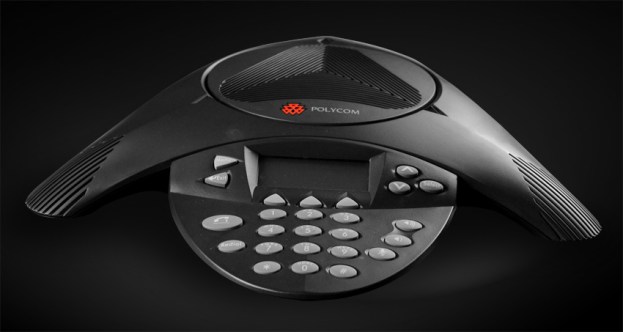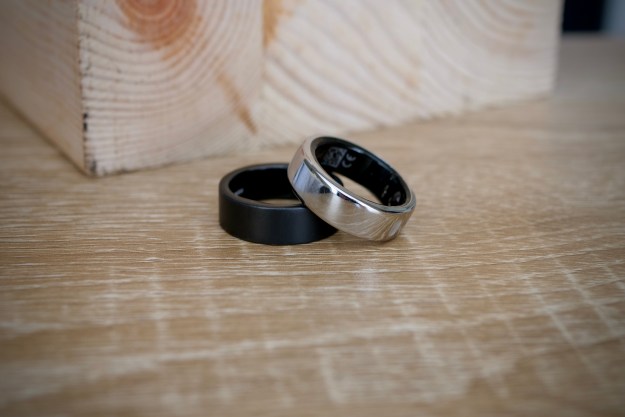
Our NY office at Digital Trends is still a little bare, but there’s a fair amount of useful tech. Thunderbolt displays and MacBook Airs line our desks, and new gadgets come in FedEx boxes every day. Hell, we have a Kegerator with Brooklyn Lager. Even the landline phones work okay. But when we try to have meetings with our Portland office there’s always one three-pronged problem: We have to use the Polycom SoundStation 2. It sucks. None of us understand a damn thing the other office is saying. Babelfish couldn’t translate some of the garbled nonsense that pile of refuse spits out. Hell, we can’t even dial out on it.
We wanted an explanation for this inferior tech experience in our otherwise cutting edge lives, so went right to the source. This what the Polycom had to say for itself:
Look, what do you want from me? I’m just doing my job – is it my fault that I’m still sitting on conference room tables at this point? I’ll admit I never thought people would be carrying around phones that are better than their home televisions, let alone their home phones, and still be forced to use me every day at work. That seems ridiculous, even to me. But until your boss springs for our new Telepresence state-of-the-art video conferencing solutions, that’s on you and not me, pal.
I was launched in the early 90s. You think anyone was thinking about User Interfaces or User Experience or … users at that point? I was fancy back then. We had digital readouts and three or four menus no one ever scrolled through and – if I can be frank – you didn’t really have a choice. You needed to do conference calls, I made conference calls. It was a pretty simple arrangement, and if my functionality occasionally caused fits, so what? I got the job done. Day in, day out, I made those calls happen, the wheels of commerce turned, everyone got paid. It wasn’t such a bad deal.
I translate human voices into digital signals and interpret them into (relatively) coherent sounds. That’s it. That’s what I do, man.
I recently heard that in some offices, they call me the “Death Star” (which makes no sense; I’m not even a sphere!). You need a symbol of evil in today’s work place, you’re looking at the wrong surface. Check out the walls, my friend. They’re all around you. They’re covered in white boards. Do you have any idea what the fumes from those markers are doing to your brain cells? Hell, if I were you, I’d call HR right now and complain about it. You know what? I’ll do it myself. Let me just conference them in … gonna put you on hold for a … [ringing] [ringing] … Ok, got ’em.
Hello … You there? Did I lose you? … Shit.




